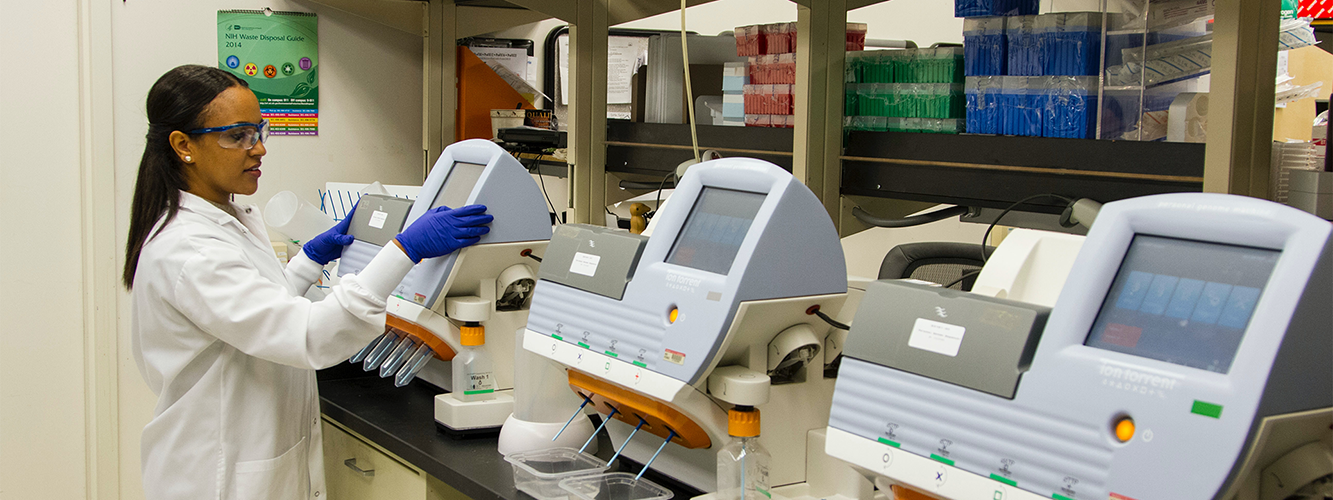Make no mistake, Telehealth platforms have been around for decades, it isn’t a new concept. We live in an age of convenience, we can order food at the touch of a button from the comfort of our front room, we can buy a week’s worth of groceries from the beach, and we can renew our passports or driving licences on the go, why shouldn’t we then be able skip the trek to the doctor’s office and instead just open a new window on our laptop, and sit back for a virtual visit with a doctor. Well we can, and despite the global challenges that have presented as a result of the COVID-19 pandemic, it has given rise to the emergence of Telehealth and the future of patient to surgeon/clinician interaction. Without a vaccine, physical distancing and aggressive testing have been the only tried-and-true methods to slow viral spread. That’s prompted an explosion in telehealth sessions to replace in-person care.
What is Telehealth?
As defined by the American Telemedicine Association, “Telemedicine is the use of medical information exchanged from one site to another via electronic communications to improve a patient’s clinical health status”. Generally speaking, Telehealth or Telemedicine (the two terms are often used interchangeably) refers to the use of technology to deliver healthcare, and includes everything from video conferencing and remote patient monitoring to keeping and sharing electronic medical records. Telemedicine encompasses a growing number of applications and technologies including two-way live or streaming video, videoconferencing, store-and-forward imaging along with the internet, email, smart phones, wireless tools and other forms of telecommunication. Pretty Simple!
COVID-19 & Telehealth
The Coronavirus has taught us many lessons and much of it the hard way. Those of us who are on the front-line around the world battling an invisible enemy are forging the path & we are indebted to them for the sacrifices they are making as they help us better understand the illness and look to develop vaccines and treatments to ensure our safety. We are learning to be more compassionate, understanding and sensitive to the plight of those around us and we have been given the opportunity to assess what is truly important. Other lessons are being imparted, too, especially as we employ technology in different or expanded ways. With social distancing, we’ve had to learn to live in a more virtual world – after work drinks are being done through a screen, sales presentations are being delivered electronically and healthcare is being delivered through a firewalled connection.
As our healthcare sector deals with the current COVID-19 situation, general practices are rapidly changing the way care is accessed and delivered to ensure the safety of their practice teams, patients and the broader community. One of these changes is increasing the ability for general practice and specialist consultations to be conducted via telehealth. Formal measures have been taken by the Australian Government to support healthcare practitioners to use telehealth, where appropriate, by introducing new Medicare Benefits Schedule item numbers, which is a huge step forward in bringing to the fore the benefits of Telmedicine.
More than 4.3 million health and medical services have now been delivered to a total of more than three million patients through the telehealth items introduced by the Australian Government for the COVID-19 pandemic. But increasingly, connected devices are part of the equation, enabling remote patient monitoring as well as communication. With connected devices, patients can provide their practitioners with metrics on, say, heart rate, temperature, lung function and more. There are a number of examples of where we have seen Tier 1 global medtech businesses invest in such platforms across a range of therapeutic areas including Orthopaedics, Diabetes and Cardiology pre-Covid and I would imagine this will be a trend we will continue to see
What are the benefits?
The promise of telehealth emerged prior to the current health crisis, but its potential has come into focus as hospitals become overwhelmed with patients as well as to prevent clinicians falling prey to the virus as they treat the vulnerable. A key benefit for telemedicine is cost related. One study of chronically ill patients found that telehealth reduced emergency visits by half and hospitalisations by almost 90%.
Another key advantage of digital health sessions is the ability to provide care to more patients , often to vulnerable populations in rural areas who lack convenient hospital access. Given the vast distances between major cities and towns across Australia and the fact social distancing restrictions will likely be in place for some time, the benefits of telehealth services are clear. Furthermore, its capacity to contribute to data sets that can identify trends, enabling predictive analysis gives clinicians an advantge. Over the past decade, data analytics have been critical in understanding conditions such as diabetes and various cancers, the emergence of telehealth during this pandemic will likely lead to a broader application. For some time, big data has been used to understand risk factors as well as genetic predispositions of illnesses. Data collection of this nature may well mean that we are better prepared in the future should we encounter another Covid-19.
The Future
Practitioners believe it is here to stay. While telehealth has been a popular concept for some time, COVID-19 has accelerated its push into the real world and the benefits, both economically and clinically are becoming clearer to identify. “We don’t adopt technologies to share patient-centric information, but we are quick—perhaps too quick—to adopt new technologies for clinical reasons. Now, all that is beginning to change,” observedDr Howard Luks, an orthopedic surgeon based in Westchester County, just outside of New York City.
COVID-19 will alter so many aspects of our lives in ways we haven’t realised quite yet, the hope is that these changes are for the better. We can be confident however that there will be fundamental changes to our healthcare sector and the way care is delivered and prescribed; Telemedicine will be a critical driver for that change.
Kim Jones
OneMD








